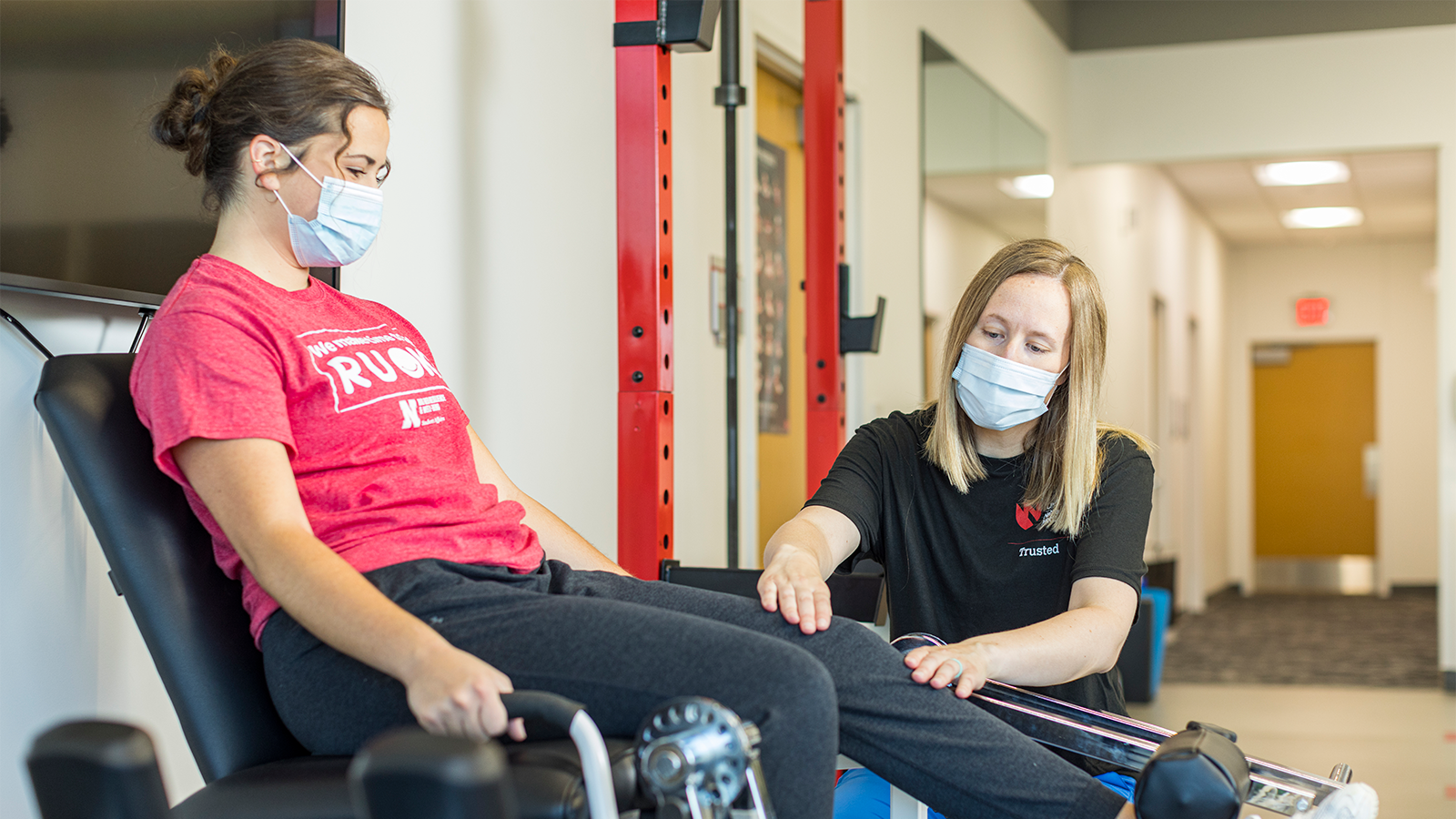One of the primary methods used to reduce dyspnea in physical therapy is the practice of controlled breathing exercises. These exercises often focus on diaphragmatic breathing, which encourages patients to use their diaphragm rather than their upper chest muscles when breathing in. This approach helps to increase lung capacity and efficiency. Additionally, pursed lip breathing is another technique that can be helpful. This method involves inhaling through the nose and exhaling slowly through compressed lips, which can assist to keep airways clear longer and render breathing feel easier. By incorporating these exercises into therapy sessions, physical therapists can provide patients with tools to manage their breathing difficulties both during and beyond of their appointments.
Another important aspect over here of controlling breathing difficulties in physical therapy is the development of an individualized exercise regimen. Tailoring exercises to satisfy the specific needs and capabilities of each patient is crucial. Therapists should slowly introduce aerobic activities, such as ambulating or cycling, in a structured manner, allowing patients to develop their endurance over time. This progressive method helps patients to feel more comfortable with fitness activity while at the same time improving their lung capability and overall endurance. It is vital for therapists to observe patients closely during these exercises to make sure they are not overexerting themselves, which could lead to greater difficulty of breath.
Education also plays a major role in reducing dyspnea during physical therapy sessions. Providing patients with knowledge about their condition and the mechanisms behind breathing difficulties can enable them to take control of their health. Therapists can describe how factors like anxiety, posture, and environmental conditions can influence breathing. By understanding these concepts, patients can discover to control their issues more effectively. Techniques such as stress reduction methods and proper body mechanics can additionally assist in reducing the impact of dyspnea during routine activities and therapy appointments.
In conclusion, effectively reducing dyspnea in physical therapy sessions involves a mix of breathing activities, individualized exercise programs, and patient teaching. By applying these effective approaches, physical therapists can help patients control their respiratory difficulties and improve their overall well-being. Working together between therapists and patients is essential to create tailored interventions that address specific needs. With the right support and techniques, patients can experience comfort from breathing difficulties and participate more fully in their physical therapy process, eventually leading to a better standard of life.

 Rick Moranis Then & Now!
Rick Moranis Then & Now! Kirk Cameron Then & Now!
Kirk Cameron Then & Now! Destiny’s Child Then & Now!
Destiny’s Child Then & Now! Burke Ramsey Then & Now!
Burke Ramsey Then & Now! Rossy de Palma Then & Now!
Rossy de Palma Then & Now!